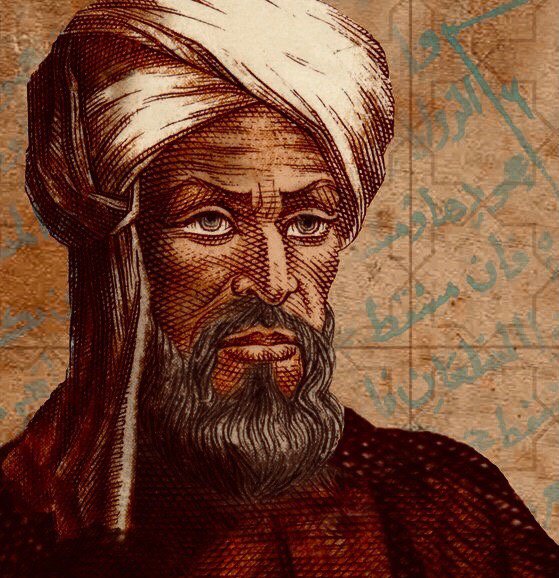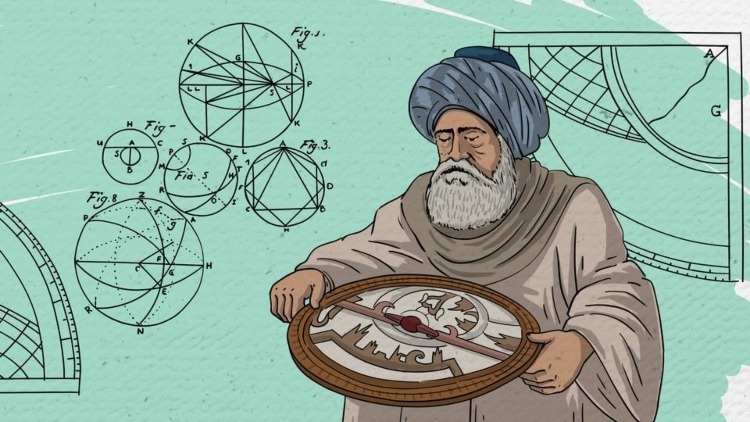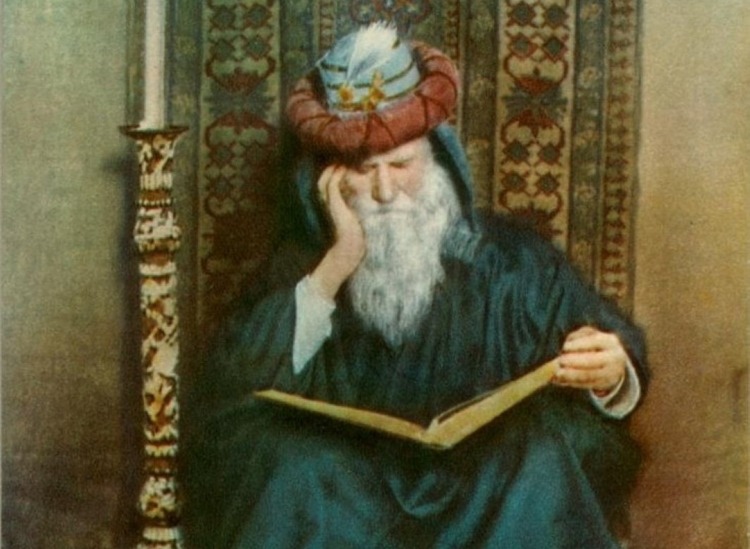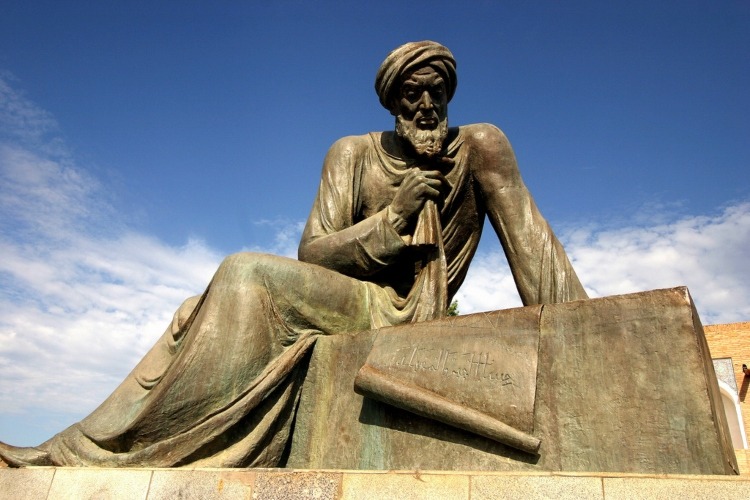Looking back all the way to the 8th century, the Arab world was the staging ground for some of the biggest discoveries and accomplishments by prominent scholars, philosophers, and doctors. Dubbed the Golden Age of Islam, the time period saw an entire translation movement wherein entire volumes of scholarly works were not only translated from Greek to Arabic but also improved upon and upgraded by scholars. That’s exactly how the world of mathematics evolved; growing in new and exciting ways.
We wanted to explore how prominent Arab mathematicians during that time contributed to the growth of the field and brought about the development of algebra and trigonometry. So we’ve put together a collection of these special scholars spanning from the 8th to the 12th century.
Al-Khwarizmi (780 – 850 AD)

Known as the scholar who revolutionized algebra and arithmetic, Al-Khwarizmi was a prominent scholar who was part of the House of Wisdom during ninth Century Baghdad. There, he was part of a community of global scholars who studied and translated many ancient manuscripts on science, math, medicine and more.
Even though he is known today as the father of algebra, Al-Khwarzimi didn’t actually invent algebra but instead, he improved the techniques we use to solve algebraic problems. He did so by writing them all down in several books, one of which was The Compendious Book on Calculation by Completion and Balancing that offered detailed instructions on how to solve linear and quadratic equations. Through his book, people were able to use quadratic equations to solve everyday problems like splitting an inheritance or dividing a plot of land.
Abu Kamil (850 AD – 930 AD)

A prominent Egyptian mathematician during the Islamic Golden Age, Abu Kamil was known as one of Al-Khwarismi’s successors who managed to build on the work of his predecessor and develop the field of Arabic algebra. Back then, he was nicknamed “Al-Hasib Al-Misri” (The Egyptian calculator) because of his extraordinary mathematical abilities and his astounding contributions to algebra and geometry. Today, the infamous scholar is lauded as the first person to have utilized irrational numbers as solutions as well as coefficients to equations.
He was also known to have progressed algebra by including equations with higher powers of the unknown other than x2 wherein in his works, his equations would use powers of the unknown as high as x8. These accomplishments may seem simple yet they have contributed to the growth and development of the field of algebra.
Al Battani (858 AD – 929 AD)

Known as the “Ptolemy of the Arabs”, Al Battani was a prominent astronomer and mathematician who managed to weave together those two fields to achieve great discoveries. He would constantly apply mathematical formulas to astronomy like how he was able to measure the solar year using mathematics, calculating it to be 365 days, 5 hours, 46 minutes and 24 seconds; meaning he only missed out by 2 minutes and 22 seconds.
This was a huge achievement since it occurred back in the 9th century. When it comes to plain mathematics, he was also able to produce several trigonometric relationships including the formula of the right-angled triangle.
Alhazen (965 AD – 1040 AD)

Born in Basra, Iraq, one of the biggest names in Islamic science is mathematician and scholar, Ḥasan Ibn al-Haytham famously known as Alhazen. At the peak of the Golden Age of the Muslim civilization, he was known to have written many early works on optics as well as geometry and number theory. He was considered ahead of his time for being extremely meticulous and precise when it came to his scientific experiments and is even known as the father of the modern scientific method.
As with Al Batani, Alhazen applied mathematical concepts like geometry to make a revolutionary discovery in the world of optics. He rejected the theory of Ptolemy that vision results from a ray leaving the eye and reaching the object. Instead, he made an entirely new accurate theory that each object emits light rays in every direction but only one ray from each object strikes the eye perpendicularly. His discovery was quite profound that Belgian-American chemist, George Sarton called Alhazen “the greatest Muslim physicist and one the greatest students of optics of all time.”
Omar Khayyam (1048 AD – 1131 AD)

Over the years, Omar Khayyam was the epitome of an enigmatic scholar, described in many ways by biographers whether as a fun-loving, Sufi Muslim or a follower of ancient Greek philosophy. What we do know about him is that he was a prominent polymath, skilled in astronomy, astrology, philosophy, poetry and mathematics. Today, his poetry is better known in the West compared to any other non-Western poet yet his biggest achievements were in the field of mathematics.
You know in high school how we learned about both quadratic equations (ax2 + bx + c = 0) and cubic equations (ax3 + bx2 + cx + d = 0) and how cubic equations were a lot more difficult to solve. During Khayyam’s time, they were also very difficult to solve and he correctly postulated that it’s not possible to solve cubic equations using Ancient Greek tools of straightedge and compass. Instead, he made things simpler by showing other ways to solve the equations
Today, we owe a lot to all these legendary Arab polymaths and mathematicians who made their mark from the 8th to the 12th century. Not only have they built the foundation and building blocks of today’s mathematics, but they also paved the way for current scholars to make bigger discoveries and solve more prominent issues in our current modern age.



